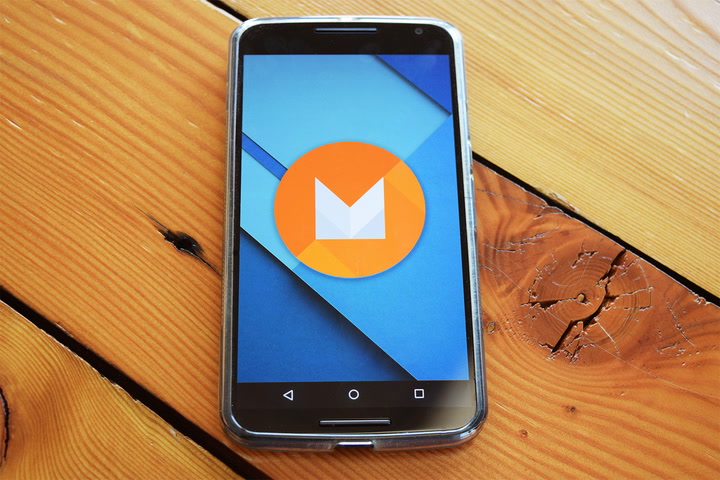
Google officially unveiled Android M at its developer
keynote in San Francisco on May 28, and it didn’t take long for the promised
preview builds to make their way to the public. So, like the intrepid
technology journalists we are, we quickly installed M on a spare Nexus 6 we
found lying around the office and dived deep into the preview.
We quickly learned there wasn’t much to uncover, though.
Google’s exceptionally brief Android announcement at I/O seems to reflect the
changes, or lack thereof, present in M so far. There are definitely a few
notable additions worth mentioning, a new app drawer and permissions management
among them, but unlike Lollipop, M seems very much a refinement of Android
rather than a reimagining.
The new app drawer declutters your collection
The first thing you’ll probably notice is the new app
drawer. Unlike every major release of Android since Ice Cream Sandwich, apps
scroll vertically, not horizontally, in the drawer. Open it, and you’re
presented with a long list of shortcuts arranged alphabetically. Big uppercase
letters on the left-hand side indicate groupings, and a search bar now resides
at the top for faster access to specific apps.
Everything you need to know about Google’s new
Android M
Our first impressions are pretty good. In terms of design,
the new drawer isn’t the most efficient — the app icons are larger and there’s
more white space between them — but the result is a cleaner, less cluttered
collection.
App permissions let you decide
The new app drawer is the most obvious interface change in
M, but there’s a subtler one with far bigger implications: a permissions
management screen for every app. The permissions feature represents a
fundamental change to the way Android has handled app access to user and sensor
data to date.

Basically, instead of having to approve a bunch of suspect
permissions before you can install an app, you’re now able to be a little more
selective, cutting off an app’s access to specific data — your location, for
example, or the content of your text messages. Even better, you can enable and
disable those permissions at will — The system’s simple enough.
Google set to battle Apple with new Android Pay
Google has pared its previously lengthy list of permissions
down to eight key types, all enabled or disabled either on a per-app basis
within the app’s settings page or as blanket policies (if you wish to, say,
prevent all apps from reading your contacts). Permissions management worked
well enough in our testing, but be forewarned that disabling permissions
essential to an app’s function will have predictably undesirable results. It
turns out Google Maps needs to access GPS for turn-by-turn navigation. Who
knew?
Other small improvements and more to come
There are other, smaller enhancements worth mentioning.
Android now backs up all app and settings data to a dedicated Drive folder by
default, which should make restoring your account on new devices easier. Apps
can opt out of Doze, a battery-saving feature. And the (sometimes very
obtrusive) heads-up notifications introduced in Lollipop can be switched off
for apps individually.
Otherwise … that’s pretty much it. Besides tweaked volume
controls and the triumphant return of a proper silent mode, the first developer
preview of Android M is pretty bare. Absent is Now on Tap, which Google doesn’t
plan to enable until Android M’s finalization later this year. Android Pay is
MIA, too. Google’s promising over-the-air updates over the course of the
preview period, so there’s hope that future versions will pack more changes,
but Android M as it stands is practically indistinguishable from Lollipop. If
you can’t get it right now, don’t fret — you’re not missing much yet.
No comments:
Post a Comment